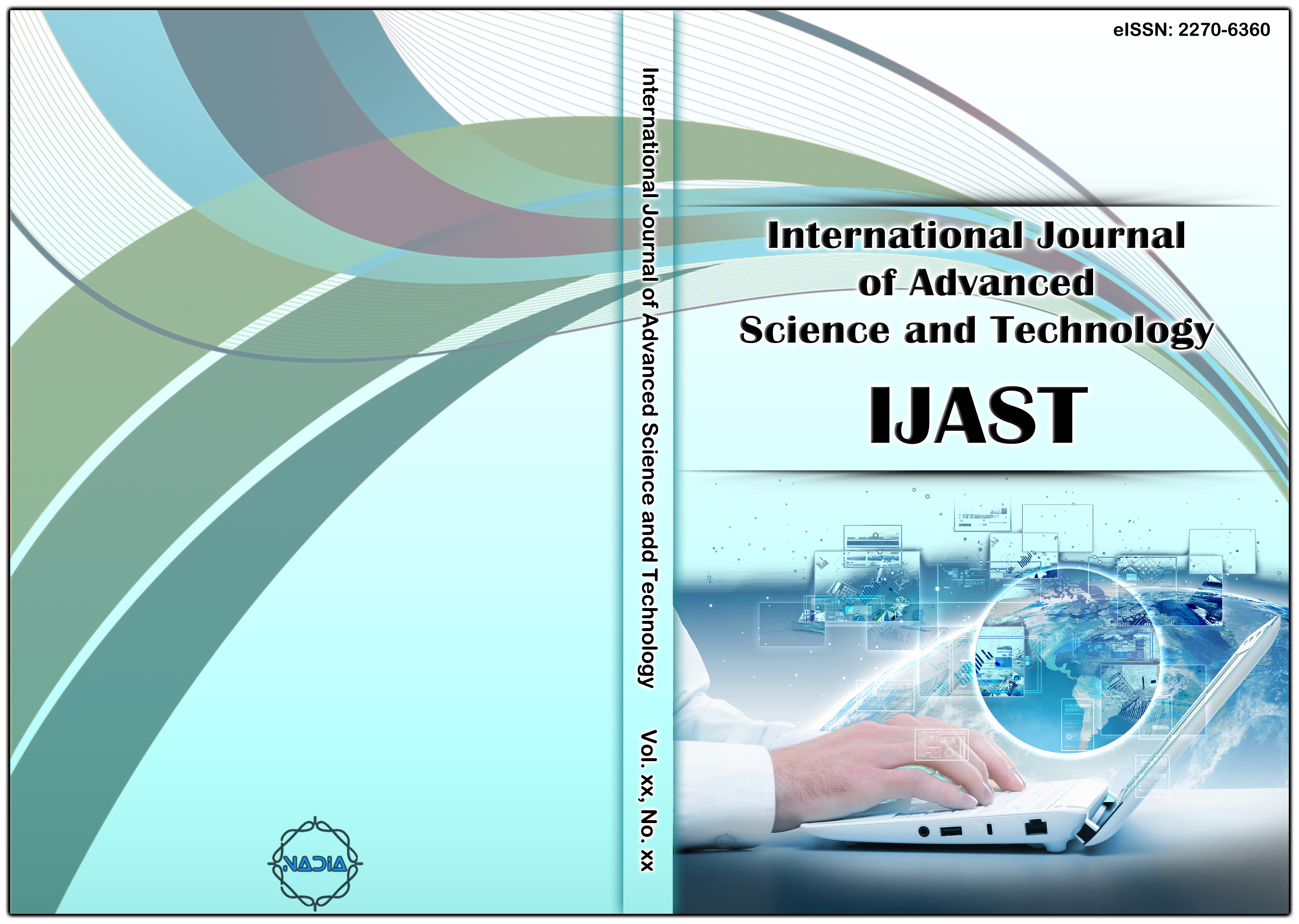[1] Hughes, Andrew J., et al., "Accuracy of clinical diagnosis of idiopathic Parkinson's disease: a clinico-pathological study of 100 cases." Journal of Neurology, Neurosurgery & Psychiatry, vol. 55, no. 3, (1992), pp.181-184, available online: https://www.ncbi.nlm.nih.gov/pmc/articles/PMC1014720/.
[2] Jankovic, Joseph, et al., "Variable expression of Parkinson's disease A base‐line analysis of the DAT ATOP cohort." Neurology, vol. 40, no. 10, (1990), pp: 1529-1529, https://www.ncbi.nlm.nih.gov/pubmed/2215943.
[3] Quattrone, Aldo, et al., "MR imaging index for differentiation of progressive supranuclear palsy from Parkinson disease and the Parkinson variant of multiple system atrophy.", Radiology, vol. 246, no. 1 (2008), pp:214-221, available online: https://www.ncbi.nlm.nih.gov/pubmed/17991785.
[4] Ren, S., He, K., Girshick, R., & Sun, J., "Faster r-cnn: Towards real-time object detection with region proposal networks." In Advances in neural information processing systems, (2015), pp: 91-99, available online: http://papers.nips.cc/paper/5638-faster-r-cnn-towards-real-time-object-detection-with-region-proposal-networks.pdf.
[5] LeCun, Yann, and Yoshua Bengio, "Convolutional networks for images, speech, and time series.", The handbook of brain theory and neural networks, vol. 3361, no. 10, (1995), https://www.researchgate.net/profile/Yann_Lecun/publication/2453996_Convolutional_Networks
_for_Images_Speech_and_Time-Series/links/0deec519dfa2325502000000.pdf.
[6] Praveen Ch, ra, "A Survey on Deep Learning its Architecture and Various Applications.", Asia-Pacific Journal of Neural Networks and Its Applications, vol. 1, no. 2, (2017) September.
[7] Abraham, Ajith. "Artificial neural networks." handbook of measuring system design, (2005), https://onlinelibrary.wiley.com/doi/pdf/10.1002/0471497398.mm421.
[8] Hecht-Nielsen, Robert, "Theory of the backpropagation neural network.", Neural networks for perception, (1992), pp:65-93, https://doi.org/10.1016/B978-0-12-741252-8.50010-8.
[9] Krizhevsky, Alex, Ilya Sutskever, and Geoffrey E. Hinton, "Imagenet classification with deep convolutional neural networks." Advances in neural information processing systems, (2012), pp:1097-1105, available online: http://papers.nips.cc/paper/4824-imagenet-classification-with-deep-convolutional-neural-networks.pdf.
[10] Han, Jun, and Claudio Moraga, "The influence of the sigmoid function parameters on the speed of backpropagation learning." International Workshop on Artificial Neural Networks. Springer, Berlin, Heidelberg, (1995), pp:195-201.
[11] Malfliet, Willy, and Willy Hereman. "The tanh method: I. Exact solutions of nonlinear evolution and wave equations." Physica Scripta, Vol.54, No.6, (1996), http://iopscience.iop.org/article/10.1088/0031-8949/54/6/003/meta.
[12] Li, Yuanzhi, and Yang Yuan, "Convergence analysis of two-layer neural networks with relu activation", Advances in Neural Information Processing Systems, 2017, pp:597-607.
[13] Scherer, Dominik, Andreas Müller, and Sven Behnke, "Evaluation of pooling operations in convolutional architectures for object recognition", Artificial Neural Networks–ICANN, Springer, Berlin, Heidelberg, (2010), pp:92-101, https://link.springer.com/chapter/10.1007%2F978-3-642-15825-4_10.
[14] Srivastava, Nitish, et al., "Dropout: a simple way to prevent neural networks from overfitting", The Journal of Machine Learning Research, Vol.15, No.1, (2014), pp: 1929-1958, https://www.cs.toronto.edu/~hinton/absps/JMLRdropout.pdf.
[15] Simonyan, Karen, and Andrew Zisserman. "Very deep convolutional networks for large-scale image recognition", arXiv preprint arXiv, (2014), pp:1409-1556, available online: https://arxiv.org/abs/1409.1556v6.
[16] Szegedy, Christian, et al. "Going deeper with convolutions", Proceedings of the IEEE conference on computer vision and pattern recognition, (2015), pp:1-9, https://ieeexplore.ieee.org/document/7298594/.
[17] He, Kaiming, et al., "Deep residual learning for image recognition", Proceedings of the IEEE conference on computer vision and pattern recognition, (2016), pp:770-778, https://arxiv.org/abs/1512.03385.
[18] Girshick, Ross, et al. "Rich feature hierarchies for accurate object detection and semantic segmentation", Proceedings of the IEEE conference on computer vision and pattern recognition, (2014), pp:580-587, https://arxiv.org/pdf/1311.2524.pdf.
[19] Girshick, Ross. "Fast r-cnn", Proceedings of the IEEE international conference on computer vision, (2015), pp:1440-1448, https://www.cv-foundation.org/openaccess/content_iccv_2015/papers/Girshick_Fast_R-CNN_ICCV_2015_paper.pdf.
[20] Gelb, Douglas J., Eugene Oliver, and Sid Gilman, "Diagnostic criteria for Parkinson disease", Archives of neurology, Vol.56, No.1, (1999), pp:33-39, https://jamanetwork.com/journals/jamaneurology/article-abstract/774675.
[21] Schwarz, Stefan T., et al. "The ‘Swallow Tail’Appearance of the Healthy Nigrosome–A New Accurate Test of Parkinson's Disease: A Case-Control and Retrospective Cross-Sectional MRI Study at 3T", PloS one, Vol.9, No.4, (2014): e93814, https://www.ncbi.nlm.nih.gov/pubmed/24710392.
[22] Tang, Wenyi, Bin Liu, and Nenghai Yu, "Deep Scale Feature for Visual Tracking", International Conference on Image and Graphics, Springer, Cham, (2017), https://link.springer.com/chapter/10.1007/978-3-319-71607-7_27.
[23] Hu, Wei, et al., "Deep convolutional neural networks for hyperspectral image classification", Journal of Sensors 2015, (2015), http://dx.doi.org/10.1155/2015/258619.
[24] Cireşan, Dan, Ueli Meier, and Jürgen Schmidhuber, "Multi-column deep neural networks for image classification", arXiv preprint arXiv:1202.2745 (2012), https://arxiv.org/abs/1202.2745.
[25] Jun Mo Jeong, Se Jin Choi, Chiyong Kim3,"Correcting Method of Numerical errors of Soft-max and Cross-entropy according to CNN’s Output value".Asia-Pacific Journal of Neural Networks and Its Applications.Vol.1, No.1, May(2017).
[26] Abadi, Martín, et al., "Tensorflow: a system for large-scale machine learning", OSDI. Vol. 16, (2016), https://arxiv.org/abs/1605.08695.
[27] Chollet, François. "Keras." (2015), https://keras.io/.
[28] https://opencv-python-tutroals.readthedocs.io/en/latest/py_tutorials/py_tutorials.html
